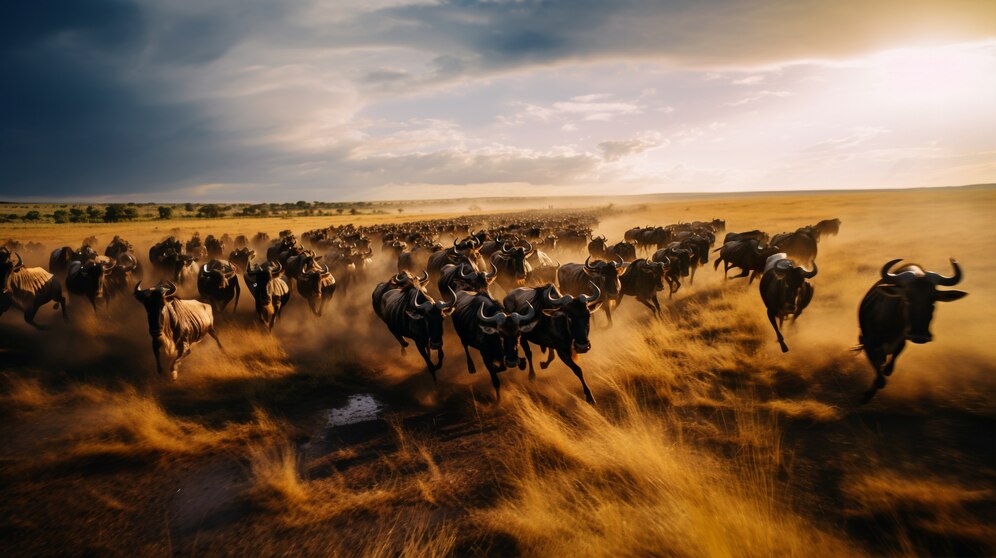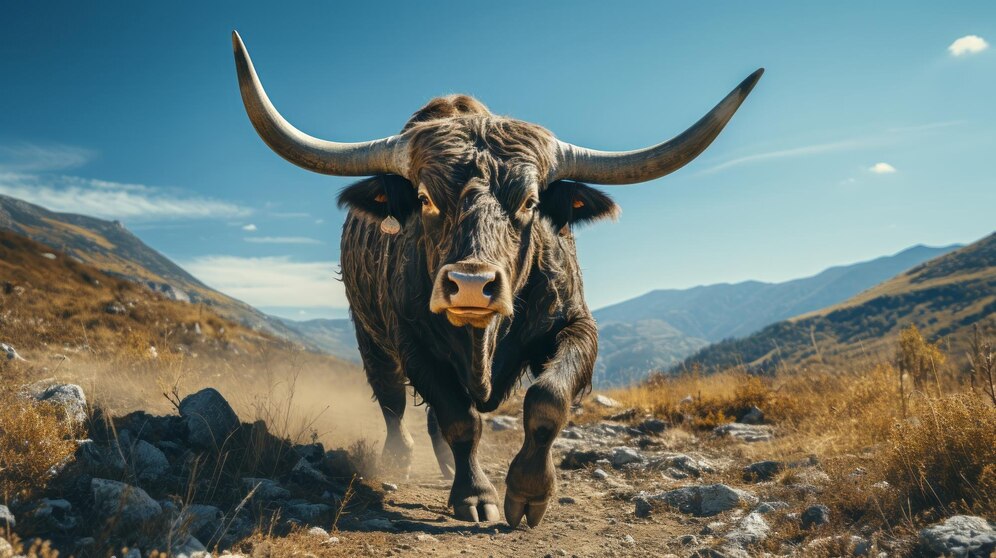Cattle Country: A Closer Look At Ranching On Texas Land

Ranching on Texas land has been a cornerstone of the Lone Star State’s history, culture, and economy for centuries. The vast and diverse landscape of Texas offers a unique environment for cattle ranches to thrive. Take a closer look at the rich history, the different regions, and the significance of the cattle industry in Texas.
The Texas ranch property
Ranchers in Texas take pride in their properties, which often include thousands of fenced pastures. These ranches provide ample space for cattle to graze and thrive. The Matador Ranch in East Texas and Edwards County in Central Texas are prime regions where ranch property is highly sought after. If you are looking for a ranch and are considering relocating to Texas, you can find listings on real estate websites like Texas Acres.
The value of ranch property has continued to rise, driven not only by its historical significance but also by the demand for hunting land and recreational properties. Many ranches offer opportunities for outdoor enthusiasts to enjoy activities such as hunting, fishing, and wildlife observation.
The History Of Ranching On Texas Land
Texas is home to some of the most iconic and historic ranches in the United States. These historic Texas ranches have shaped the state’s ranching history. One example is the King Ranch, which spans over 825,000 acres in South Texas. Established in the 1850s, it is one of the oldest ranches in the state and is known for its Texas Longhorn cattle.
The Texas cattle ranch has deep roots that can be traced back to Spanish rule. Spanish cattle were brought to the region in the 1700s, and the tradition of cattle raising began. When the United States annexed Texas, the industry continued to grow, especially in North Texas, where the cattle ranching business was booming.
The ranching history of Texas is also closely linked to the American Revolution. As the nation expanded westward, Texas ranches played a vital role in providing beef to settlers and soldiers, helping sustain their journeys.
Texas’s regions
Texas is a vast state with diverse landscapes suitable for raising livestock. South Texas, with its mild winters and lush grazing land, is known for its ranching industry. The West Texas region, on the other hand, offers vast expanses of open range, making it ideal for cattle drives.
The industry favors Central Texas because it can support a variety of cattle breeds thanks to its rolling hills and fertile soil.
Cattle ranching techniques

The techniques used in cattle ranching have evolved over the years. Early ranchers in Texas adopted Eastern ranching techniques, which were influenced by Spanish Mexico. These techniques gradually spread north, and the cowboy system, with its iconic cattle drives, became synonymous with Texas ranching.
The spread north
Cattle ranching continued to spread north, and Texas played a pivotal role in providing beef to the West Indies and New Orleans. This expansion of the industry contributed to the economic growth of the entire state.
The cattle market
The cattle market has been a significant driver of the Texas economy. During the 19th century, cattle were sold for as low as six to ten dollars per head. The establishment of railroads and the passage of the Stockyards Act in Fort Worth both contributed to the growth of fair competition, which in turn led to an increase in the worth of cattle.
Today, Texas remains a major player in the cattle market, both domestically and internationally. With the growing demand for high-quality beef, Texas ranchers have adapted to meet consumer preferences by focusing on producing premium-grade beef and sustainable ranching practices.
Related: How Much Does It Cost To Build On Your Lot In Texas?
The Texas Longhorn

The Texas Longhorn, known for its distinctive horns, symbolized Texas ranching. These hardy cattle were able to survive in the harsh climate of Texas and were utilized for the production of both meat and milk.
The Texas Longhorn breed, with its unique appearance and historical significance, is now preserved on various Texas cattle ranches and serves as a reminder of the state’s ranching heritage.
Ranching On Texas Land today
Today, Texas remains a leader in the ranching industry, with many ranches offering a diverse range of services, from raising livestock to hunting land. Ranching cattle is not only a profitable business in Texas but also a way of life for many of the state’s residents.
The ranching industry has diversified to include agritourism, where visitors can experience ranch life firsthand. This includes activities such as guided tours, horseback riding, and participating in cattle drives, providing a unique opportunity for people to connect with Texas’s ranching heritage.
Final words
Ranching on Texas land has a rich and storied history, from its beginnings under Spanish rule to the present day. The Texas cattle industry has played a vital role in shaping the state’s culture and economy, and it continues to thrive across the state. Texas ranchers, past and present, have contributed to the legacy of this iconic industry.
Read Also:











Leave A Reply